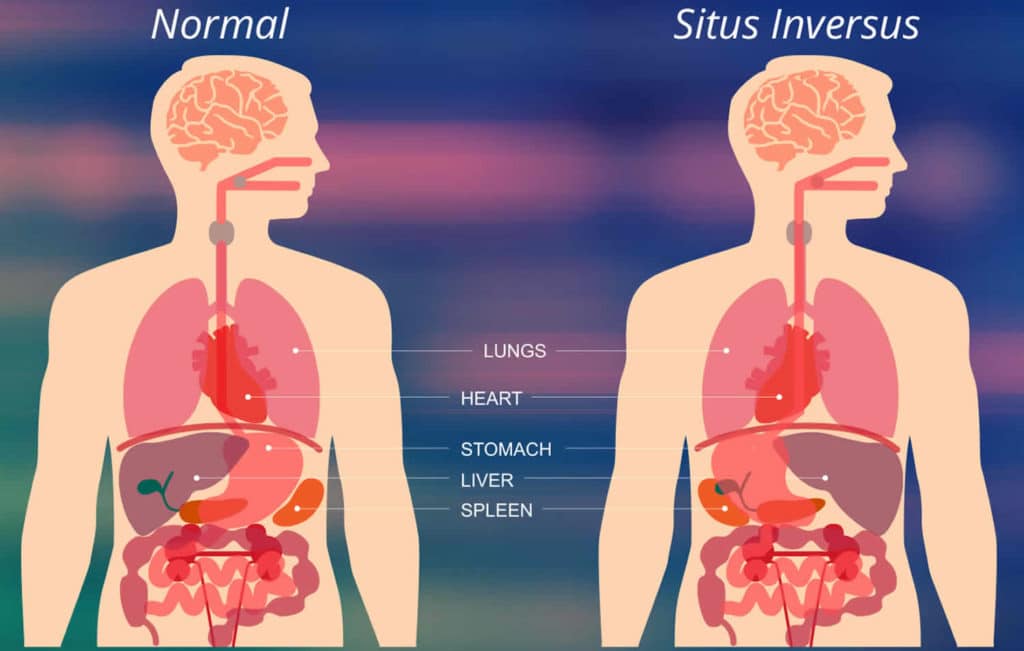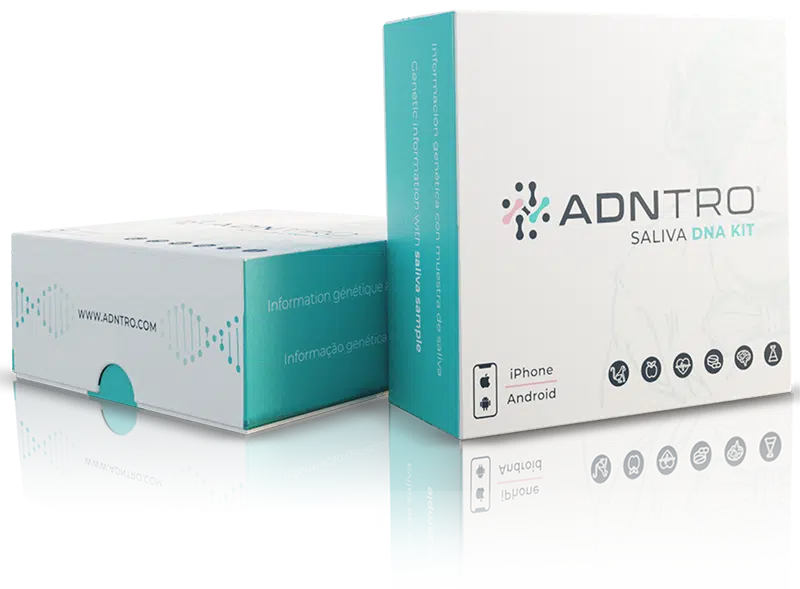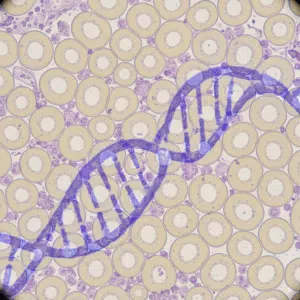The position of the heart in the human body has always been a source of curiosity. One of the most frequently asked questions is: Why do we have our hearts on the left?". Understanding this peculiarity not only brings us closer to the basic knowledge of anatomy, but also helps us to understand the evolution and vital functions of the human body.
Anatomy and Position of the Heart
The heart is a vital organ that is slightly tilted to the left in the thoracic cavity. This position is not random, but carefully designed by nature. The heart is located in the mediastinum, a central region of the chest, but most of its mass is displaced to the left.
Heart Position and Genetics
As we already know our body is asymmetrical. Despite having two arms, two feet, two eyes... there is always one of the two that is bigger than the other. This asymmetry is more noticeable in certain organs such as the heart which is only present on the left side.
So, what determines whether the heart is on the left? There is a structure in our organism that contains fluid and small hair-like structures called cilia. The cilia are responsible for moving this fluid; only if the fluid flows in the proper orientation will there be correct asymmetry in the organism. The number, length, and distribution of these cilia are key to the asymmetric development of our body.
The inversin gene is one of the main genes responsible for the correct flow of the sphere. Various studies have revealed the importance of this gene in preventing, among other alterations, cardiac anomalies and, in rare cases, situs inversus totalis. Situs inversus totalis is the reversal of all our body organs. If we suffer from situs inversus totalis, we will have the heart on the right, the appendix on the left, etc.
And you may wonder: can you live with your organs reversed? It seems incredible, but yes, many of the people who suffer from it live without any complications despite having all the organs reversed.

Position of the Heart During Embryonic Development
During embryonic development, the heart begins to form near the center of the chest. However, as the embryo grows, the heart rotates and positions itself to the left. This process is called "cardiac looping" and is essential for the proper formation of blood vessels and other vital structures. Asymmetry is a crucial component for the normal development of internal organs.
Functional Importance
The location of the heart on the left also facilitates its main function: pumping blood. Being slightly inclined, the heart can better distribute blood through the aorta to the entire body. This efficiency in blood circulation is essential for maintaining health and well-being.
Curiosities and Mythology
Historically, the heart has been a symbol of emotions and feelings, and its position on the left has influenced various cultures and mythologies. In many traditions, the left side of the body is believed to be associated with the emotional and spiritual realms, which has fueled the symbolization of the heart as the center of human feelings.
Understanding why we have the heart on the left is a fascinating journey through anatomy, evolution and human culture. The location of the heart is not only an anatomical curiosity but also a key element in the efficient functioning of the human body.
Find out what you're wearing WITHIN with our DNA testing!














